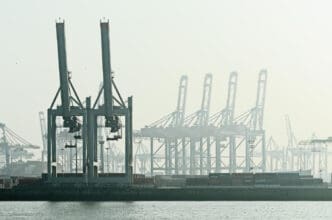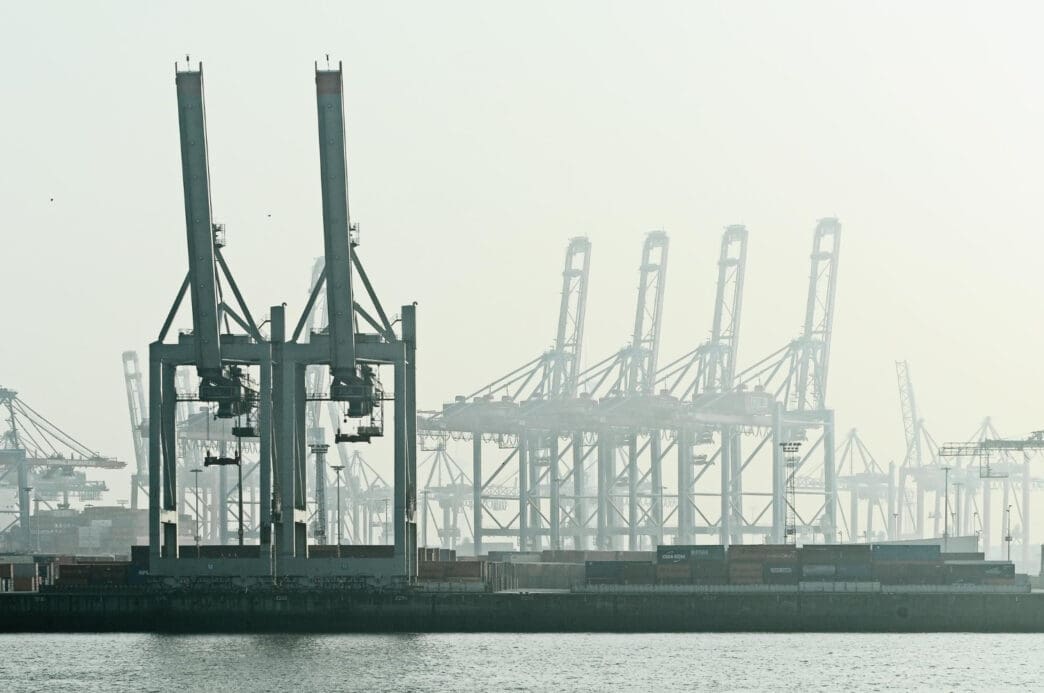Executive Summary
The Story So Far
Why This Matters
Who Thinks What?
Treasury Secretary Scott Bessent has voiced confidence that President Donald Trump’s tariff plan will be upheld by the Supreme Court, while simultaneously issuing a warning about the potential for significant financial disruption should the court rule against it. Bessent noted that a loss could necessitate refunds totaling between $750 billion and $1 trillion, an outcome he described as massively disruptive. The Trump administration has formally appealed a lower court decision that previously deemed the majority of these tariffs to be illegal.
The Supreme Court’s decision on the matter is not expected until early next summer, introducing a period of uncertainty for trade policy. The potential for such a large sum in refunds underscores the high stakes involved in the ongoing legal challenge. This financial impact could reverberate across various sectors of the economy.
Legal Strategy and Contingency Plans
In anticipation of a potentially unfavorable ruling from the Supreme Court, the Trump administration is actively exploring alternative legal avenues. One primary option under consideration is the utilization of Section 232 of the Trade Expansion Act of 1962. This particular act grants the President authority to impose levies on imports if they are deemed a threat to national security.
The administration has already demonstrated its willingness to use such measures, having previously expanded existing tariffs on steel and aluminum. These actions reflect a broader strategy to assert trade policy through executive authority. The legal debate centers on the scope and application of presidential powers in trade matters.
Broader Trade Policy Changes
Beyond the tariffs currently under Supreme Court review, the Trump administration has implemented other significant changes to trade policy. Notably, it has eliminated the “de minimis exemption,” which previously allowed goods valued at $800 or less to enter the country without duties or extensive customs procedures. This change has had a substantial impact on international postal traffic and e-commerce.
The removal of this exemption aims to level the playing field for domestic retailers and manufacturers. However, it has also introduced new complexities for importers and logistics providers. These policy shifts collectively reflect a comprehensive approach to re-evaluating and restructuring international trade relationships.
In summary, the Trump administration faces a pivotal Supreme Court decision regarding its tariff policy, with Treasury Secretary Scott Bessent expressing both optimism and caution regarding the outcome. The potential for substantial refunds and the administration’s exploration of alternative legal frameworks highlight the ongoing complexities of its trade agenda. These developments continue to shape the landscape of U.S. economic policy.








